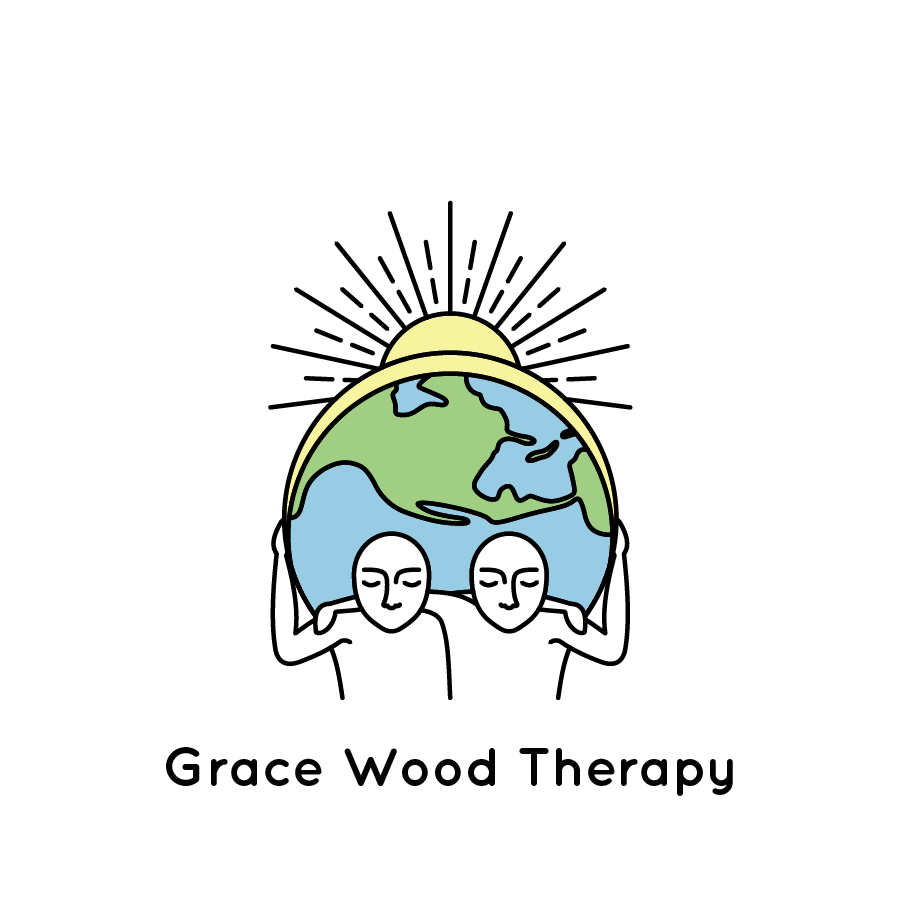Psychedelics and psychotherapy have a troubled past. Psychedelics lead us to many revelations in psychology, including the discovery of serotonin. Serotonin is the stabilizing chemical in the brain, and it’s what anti-depressant and anti-anxiety medications are generally trying to increase in our brains. Low serotonin levels leads to anxiety, depression, OCD, and PTSD symptoms.
Our modern medicine unfortunately does a pretty poor job increasing serotonin. There are many serotonin receptors in the brain, and SSRI’s (the most common anti-depressant/anti-anxiety class of medicine), don’t know which ones to act on and which ones to leave alone. That could be the reason that many people don’t see improvements from SSRI’s, or the improvements are short-lived.
One thing that we know causes a large increase of serotonin are psychedelics, like psilocybin, LSD, and MDMA. For a time in the 1960’s, psychiatrists studied how we might utilize these drugs in a therapeutic setting. Then came the war on drugs, and that type of research was put on hold—until now.
These medicines show great promise. The organization MAPS lists a multitude of studies that demonstrate positive results with MDMA, psilocybin, marijuana, and other psychedelics. This research brings us closer to understanding the brain at a deeper level; understanding serotonin, the default mode network, and ourselves.
I find it frustrating that I can read this research, believe in these powerful medicines, and yet not be able to use them to help my clients. I know that this medicine is needed, I know there are people that just want something to help them break through cycles of trauma and pain. I don’t have the authority to prescribe or hand out any psychedelics (or any other kind of medication, given the kind of license I hold). The only type of legal psychedelic assisted psychotherapy (at least in Texas) is ketamine treatment, which can be expensive.
If you’re reading this and feeling frustrated, I get it. I am not endorsing the use of illegal drugs. However, if you find that the rewards outweigh the risks, I will not judge you. These drugs can lead to negative experiences, and if you’re interested in using them, I want to make sure you’re informed enough to help make it the best, most enlightening experience possible. Here’s what that might look like.
You come across some psychedelics.
You decide you want to be mindful about your psychedelic experience.
You come to therapy. We start by working on what mindfulness and self-compassion look like. We identify areas in your life that you’d like to change.
You set intentions for your psychedelic journey.
You have your experience.
You return to therapy and we work on psychedelic-integration.
The problem a lot of people have with psychedelics is that they have an experience, feel amazing for a short while, and then old thought patterns return. The purpose of psychedelic integration therapy is to cement some of the ideas that make you feel better.
The way our brains work is that they form pathways. The more we use a certain pathway, the easier it gets to use that pathway, and our mind starts to use that pathway by default (our default mode network, or DMN). Psychedelics wipe away those pathways and allow you to access other pathways in your mind. However, the effects don’t appear to last forever. If you don’t actively continue to work to change your way of thinking, you will go back to the old pathways. This is why practicing mindfulness is so important.
Mindfulness actually does the same thing to the brain that psychedelics do—it just takes a bit more time. But, mindfulness is completely legal, safe, and effective for many mental illnesses that we face. If the whole psychedelic thing sounds scary to do on your own, I strongly recommend starting with a strong mindfulness foundation. This is something you can learn on your own, or in conjunction with a therapist or spiritual practitioner. If this is a journey you’re looking to start, contact me today.


